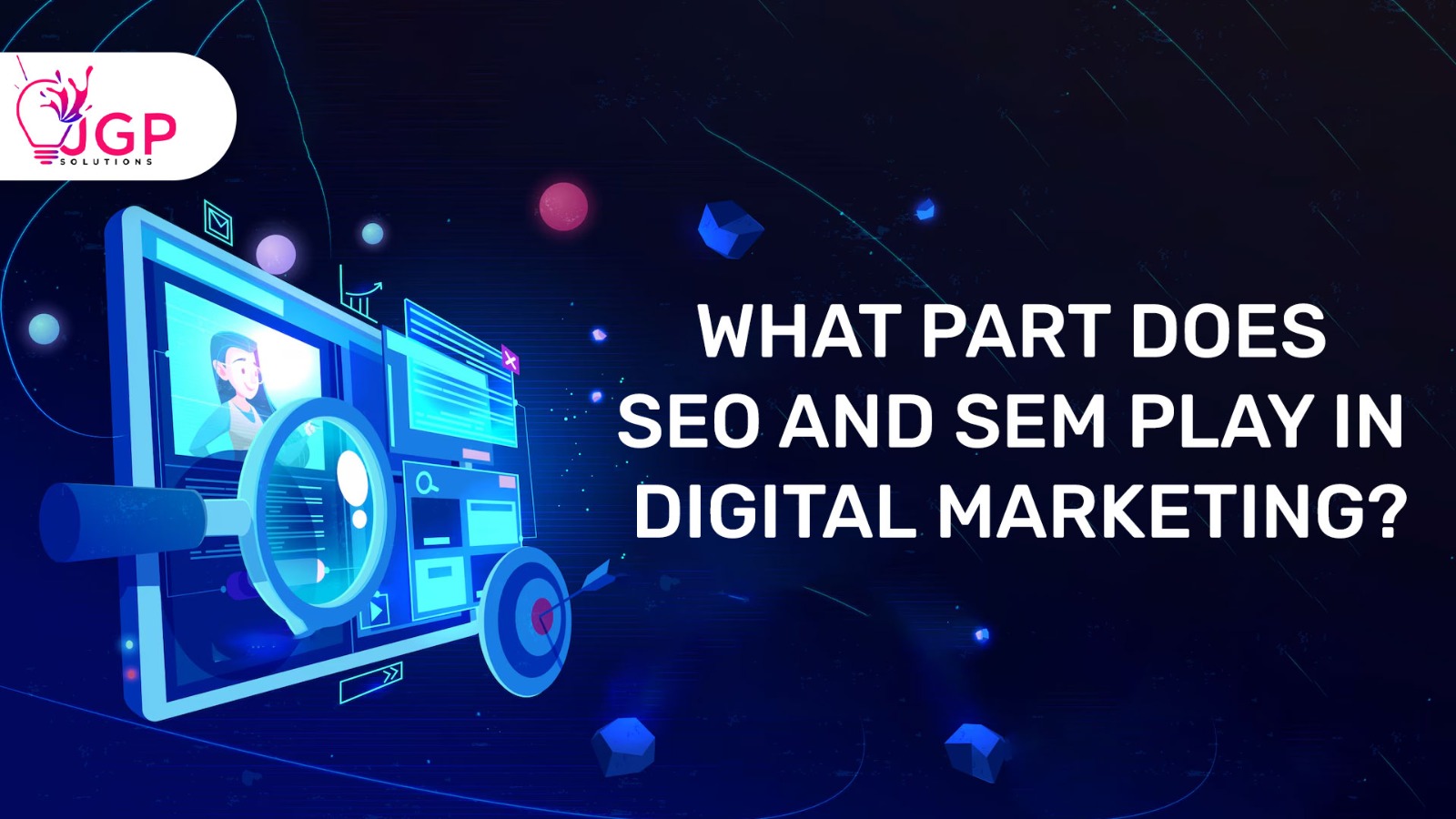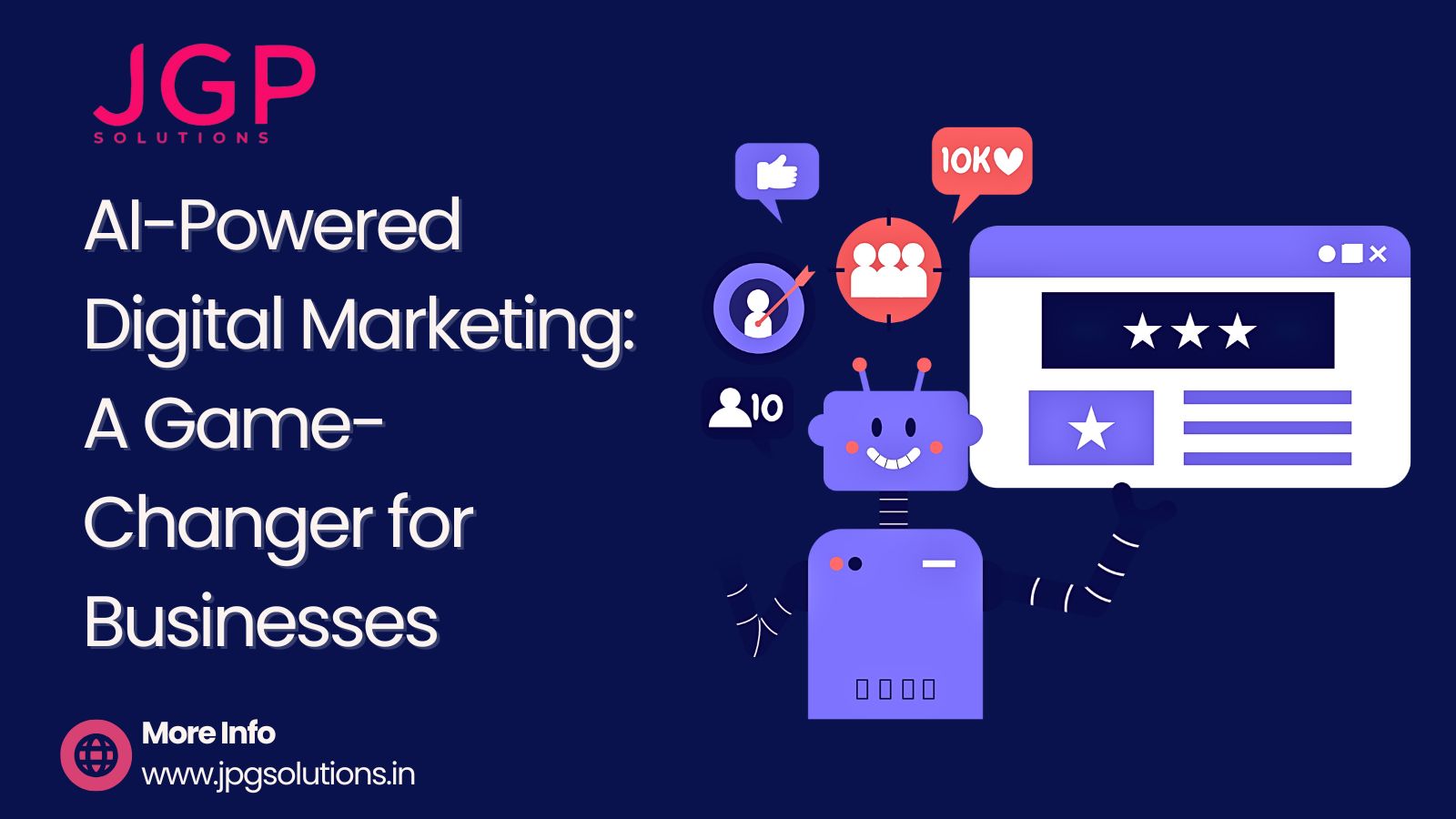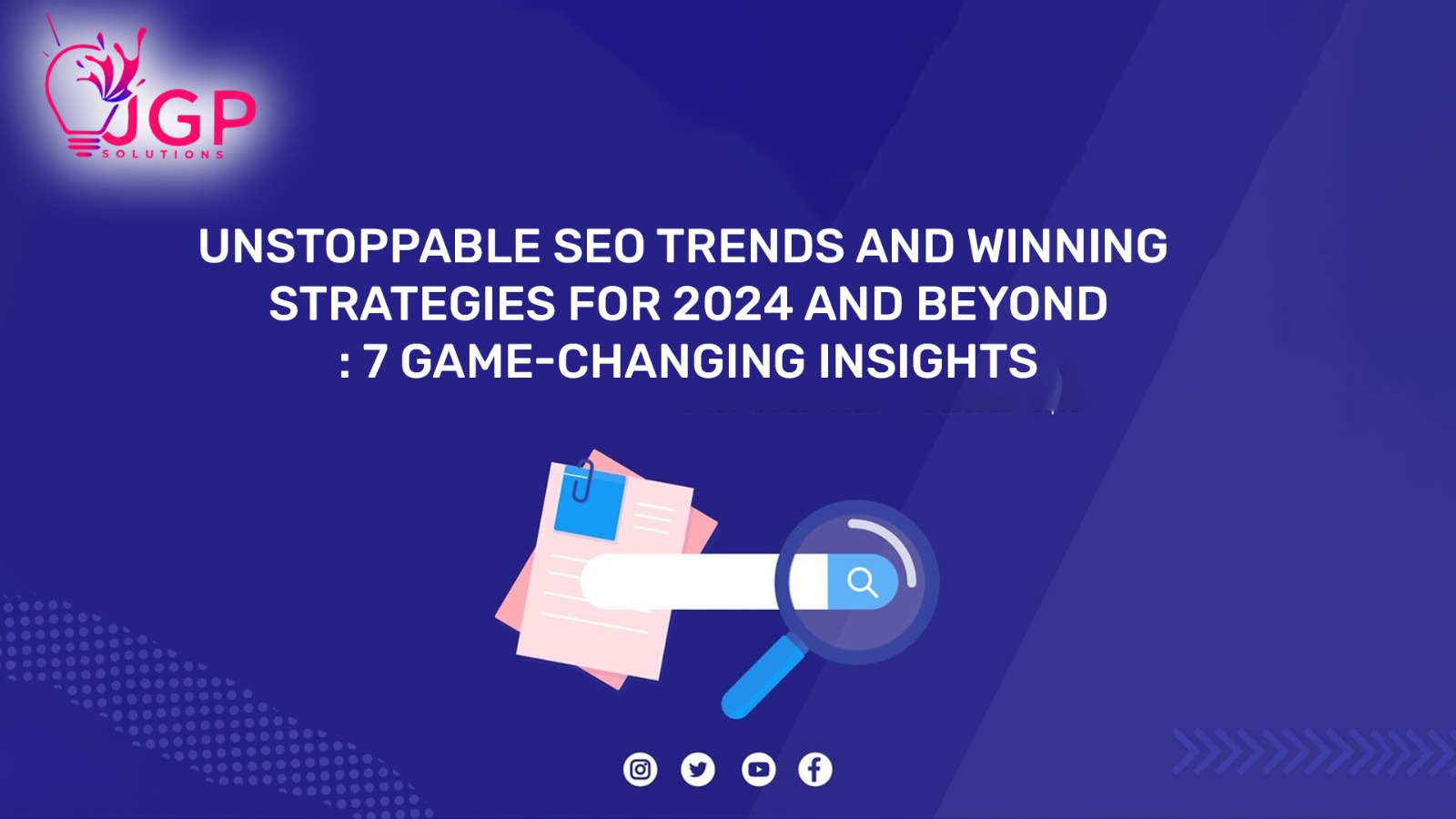Digital marketing cannot exist without the roles of SEO and SEM, which are regarded as the process’ lifeline. While Search Engine Marketing, or SEM, in digital marketing creates online traffic, Search Engine Optimization, or SEO, aims to make the website accessible to the target audience. SEM raises a brand to the top of search results pages and works well with content marketing and SEO. While SEM is more widely known as paid media advertising, SEO usually refers to internal, organic website optimization.
The article will give an in-depth and comprehensive description of SEM and SEO’s roles in digital marketing.
SEO in Digital Marketing
1.Increases Traffic to the Website
One of the primary goals of SEO is to boost website traffic by improving its visibility in search engine results pages (SERPs). By optimizing various on-page and off-page factors, such as keywords, meta tags, and backlinks, SEO helps websites rank higher for relevant search queries. As a result, organic traffic increases, leading to more opportunities for engagement and conversion.
2.Increases Brand Awareness
Effective SEO not only drives traffic but also enhances brand visibility and awareness. When a website consistently appears at the top of search results for relevant queries, it establishes credibility and trust with users. Moreover, by optimizing content across multiple channels, including social media and blogs, SEO expands a brand’s digital footprint, reaching a broader audience and increasing brand recognition.
3.Enhanced User Experience By Optimizing Website Content
User experience (UX) is crucial for retaining visitors and encouraging them to explore a website further. SEO plays a significant role in enhancing UX by optimizing website content for relevance, readability, and accessibility. By ensuring that users can easily navigate and find valuable information, SEO contributes to a positive user experience, leading to higher engagement and lower bounce rates.
4.SEO Promotes Sales by Creating Inbound Leads
SEO isn’t just about driving traffic; it’s also about attracting the right kind of traffic – users who are actively seeking the products or services offered by a business. By targeting specific keywords related to the business’s offerings, SEO helps generate inbound leads, increasing the likelihood of conversion. These leads are often more qualified and have a higher propensity to make a purchase, ultimately driving sales and revenue growth.
5.SEO Increases the Page Load Speed
In today’s fast-paced digital world, page load speed can make or break a user’s experience. Slow-loading websites not only frustrate users but also deter search engines from ranking them higher in search results. SEO addresses this issue by optimizing various technical aspects of a website, such as image compression, server response time, and code minification, to improve page load speed. As a result, users enjoy a faster, smoother browsing experience, leading to higher satisfaction and engagement metrics.
6.SEO Makes the Website Mobile Friendly
With the majority of internet users accessing content on mobile devices, optimizing websites for mobile has become imperative. SEO ensures that websites are mobile-friendly by employing responsive design, optimizing for mobile-specific search queries, and improving site performance on mobile devices. By catering to the needs of mobile users, SEO helps businesses reach a larger audience and stay competitive in the mobile-first era.
SEM in Digital Marketing
1.Conversion Focused Approach
Unlike SEO, which focuses on organic search traffic, SEM involves paid advertising strategies aimed at driving immediate conversions. With SEM, businesses can target specific keywords and demographics, create compelling ad copy, and bid for ad placements on search engine results pages. This conversion-focused approach allows businesses to reach high-intent users who are actively searching for products or services, increasing the likelihood of conversion.
2.Best for Local Marketing Strategy
For businesses targeting local audiences, SEM offers unparalleled advantages. Through localized targeting options such as geotargeting and location extensions, businesses can tailor their SEM campaigns to specific geographic areas, ensuring that their ads are seen by relevant local audiences. This makes SEM an ideal choice for brick-and-mortar stores, service-based businesses, and professionals looking to attract customers within their vicinity.
3.Generates Immediate Results
One of the most significant advantages of SEM is its ability to deliver immediate results. Unlike SEO, which can take time to build momentum and see significant improvements in rankings, SEM campaigns can start driving traffic and conversions as soon as they are launched. This makes SEM an invaluable tool for businesses looking to generate quick wins, promote time-sensitive offers, or capitalize on seasonal trends.
4.Acts as a Consistent Traffic Source
While SEO is essential for long-term organic growth, SEM serves as a consistent and reliable traffic source, particularly for businesses in competitive industries or those targeting high-value keywords. By investing in SEM campaigns, businesses can ensure a steady flow of traffic to their websites, complementing their organic efforts and maximizing their online visibility. Additionally, SEM provides valuable insights into keyword performance, user behavior, and conversion metrics, allowing businesses to refine their strategies for optimal results.
5.Brings in More Qualified Leads
SEM enables businesses to target highly specific keywords and audience segments, resulting in more qualified leads and higher conversion rates. By leveraging advanced targeting options such as remarketing, demographics, and interests, businesses can reach users who are most likely to be interested in their products or services. This precision targeting ensures that SEM campaigns attract quality leads with a genuine interest in making a purchase, ultimately maximizing ROI and driving business growth.
Harnessing the Power of SEO and SEM
In today’s competitive digital landscape, leveraging the combined power of SEO and SEM is essential for businesses looking to thrive online. While SEO lays the foundation for long-term organic growth and brand visibility, SEM offers immediate results, targeted advertising, and consistent traffic generation. By integrating both strategies into a cohesive digital marketing plan, businesses can achieve maximum impact, reach their target audience effectively, and drive sustainable growth.





